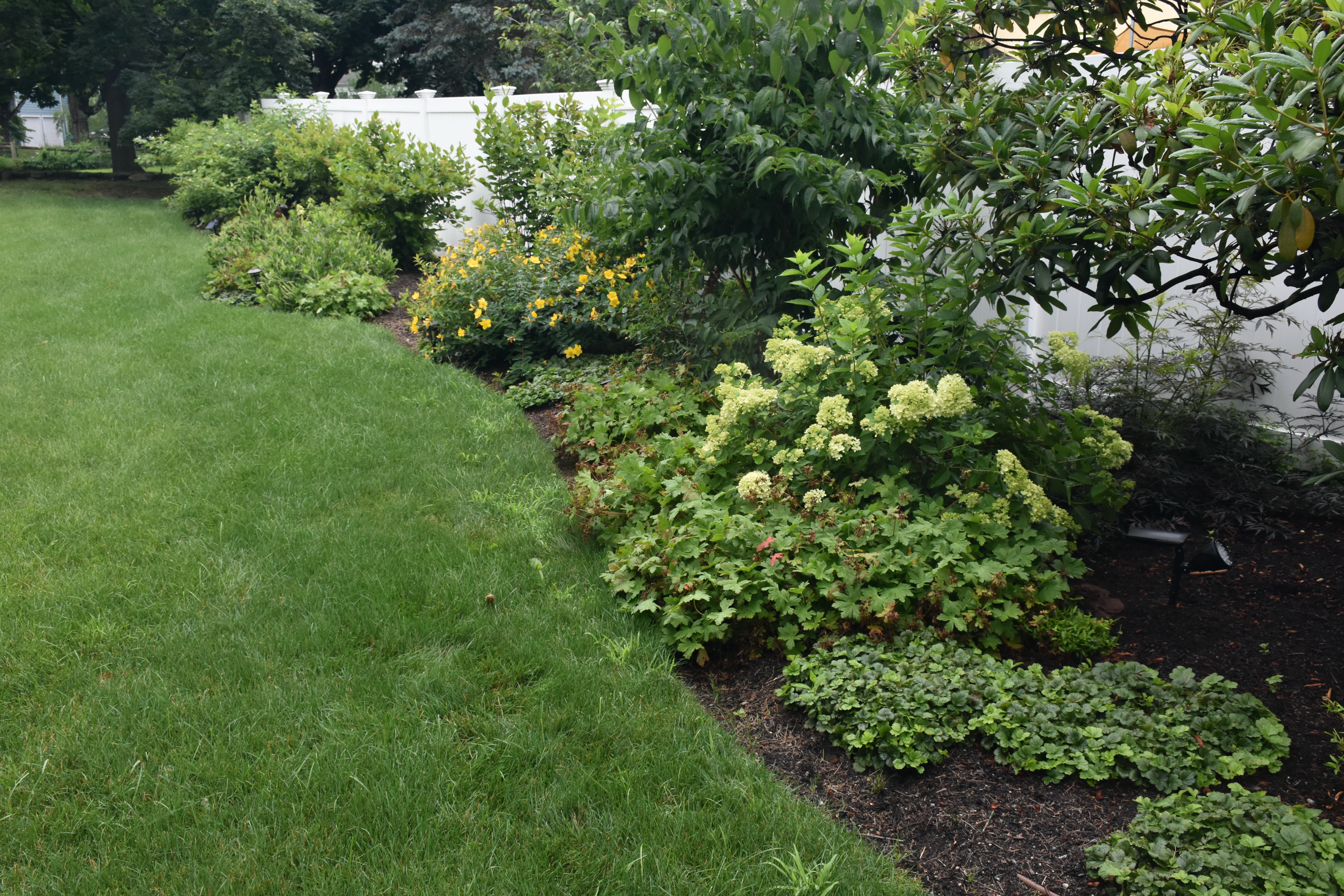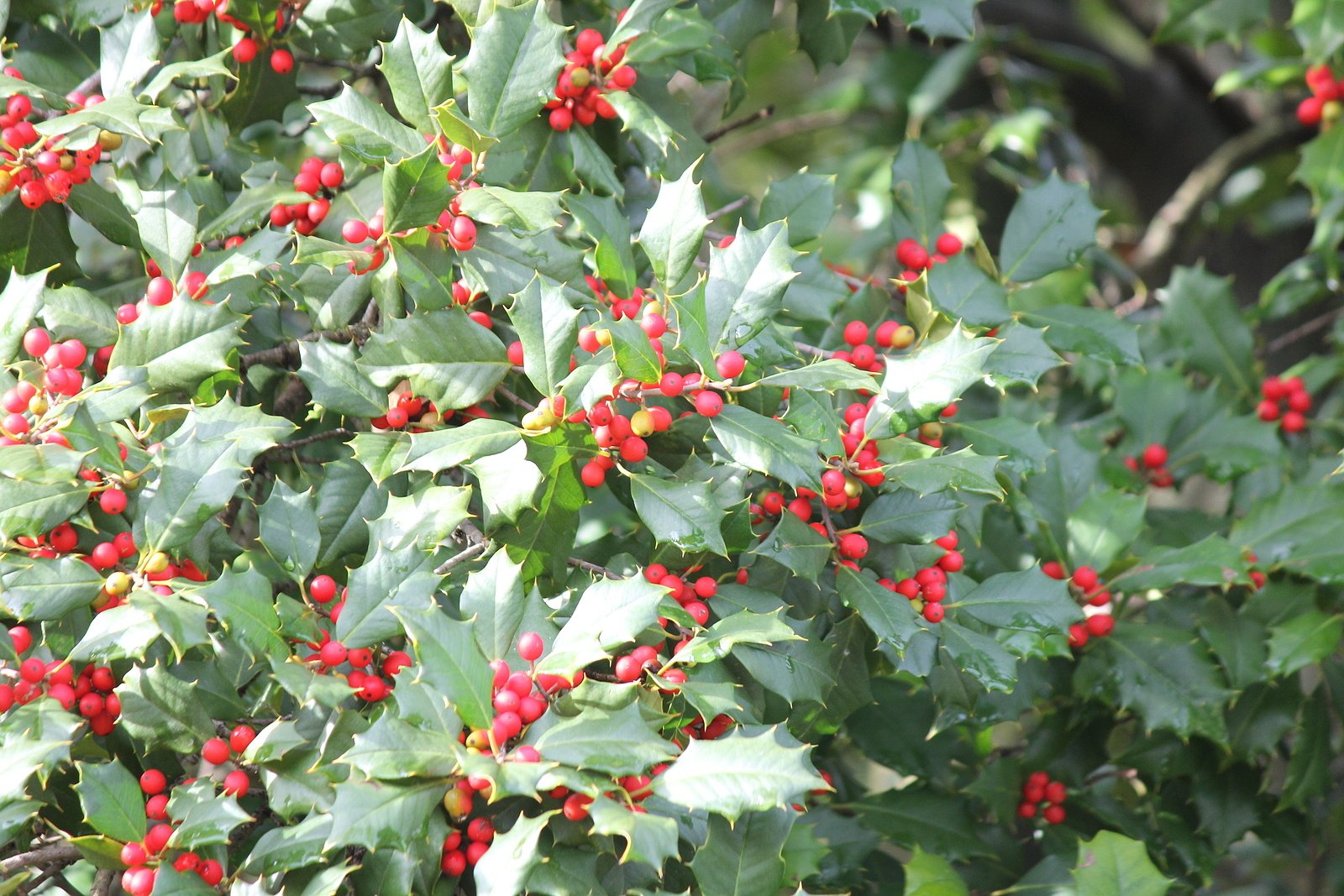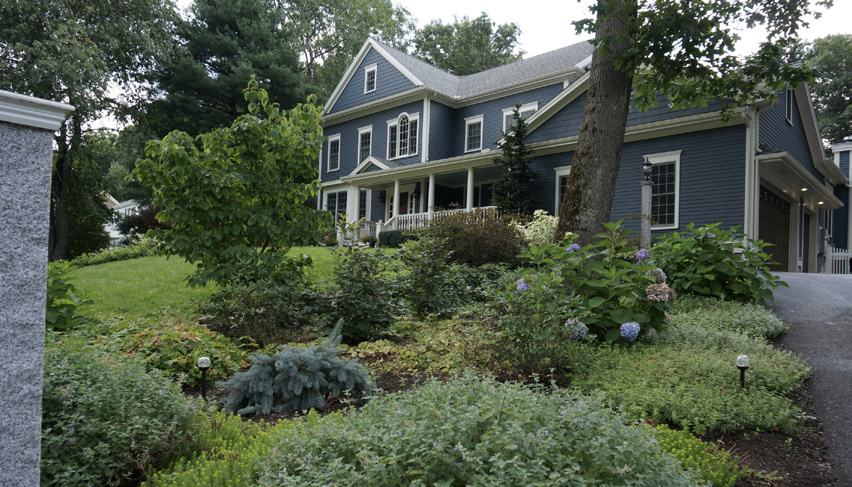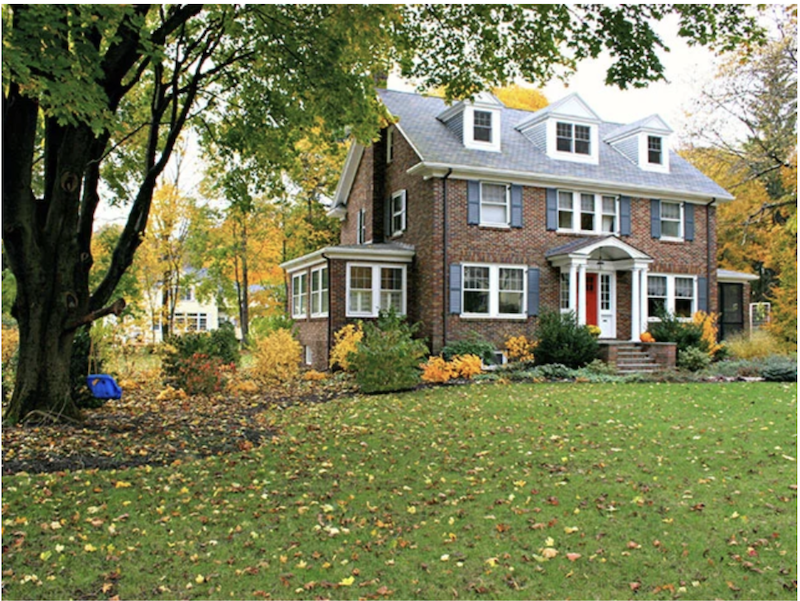Summer may be winding down, but there is still plenty of time left in the year to tackle some impactful lawn care projects. With cooler temperatures swiftly approaching, now is the time to begin thinking about lawn and garden maintenance that is best suited for the fall.
One of the items you can cross off your list in autumn is seeding your lawn. Whether you have patches of dead grass, bare spots that need seeding for the first time, or a weedy area with uneven grass coverage that you plan to overseed, now is the time to begin making plans for sowing grass seed.
Seeding now will allow your lawn to become established so that come spring, you’ll be ready to grow and mow your new grass at the same rate as your existing lawn.
Why Is Fall a Good Time to Seed a Lawn?
Early fall is a great time to seed a lawn to ensure success. Autumn brings the ideal temperatures needed for germination, with cooler air temperatures paired with soil warmed from the summer months. Warm soil encourages grasses to germinate, and the cool temperatures above ground puts less stress on new seedlings.
Fall allows for a longer germination time than grass planted in the spring. Grass planted in fall has more time to germinate before winter arrives. When spring returns, grass planted in the fall will have stronger root systems that lead to healthier and more resilient grass.
Fall seeding results in a greater rate of weed control. Many weeds tend to thrive in hot, dry conditions, so when fall arrives with its cooler and damper weather patterns, a lot of weeds are no longer growing vigorously enough to out-compete new grass seedlings.
Sowing seed now and subsequently pushing out your existing lawn weeds can help eliminate much of next growing season’s weed eradication, saving you from both manual removal and the temptation of using herbicides.

Best Grasses for Lawns in Massachusetts
When it comes time to choose your new grass seed, there are two main categories to research: cool-season grasses and warm-season grasses. The categories are named for the type of weather that is favorable for growing each type.
Cool-season grasses grow best in the absence of excessive heat, and exhibit the most growth during the spring or fall months.
Warm-season grasses, on the other hand, are best-suited for growing when the weather is hot, and many varieties may even turn brown in the winter when growing conditions are not favorable.
Types of cool-season grasses include:
- Kentucky bluegrass: A cool-season grass that creates a lush swath of foliage, Kentucky bluegrass does most of its growing during spring and fall. Because its root system is on the shallow side, this type of grass can experience stress during heat and drought. Know that if you choose this grass to seed this fall, you may have to water it during the extreme heat of the summer to keep it healthy.
- Fescue: There are a lot of fescue varieties available, and all love cool weather. Thanks to their deep root systems, fescue is also rather tolerant of heat and drought. Most varieties will not require you watering through the hottest months as long as the grass has become well-established.
- Ryegrass: Perennial ryegrass thrives in cool weather and germinates very quickly. It is used both as a permanent lawn in cooler climates and as a cool weather lawn when overseeded on existing grass that turns brown during winter dormancy.
Types of warm-season grasses include:
- Bermuda: Bermuda grass is extremely heat tolerant thanks to its sprawling root system. It can withstand drought along with heavy trampling. Bermuda grass typically goes into dormancy when it is touched by frost. Because of this, a lawn in a cool climate can spend many months looking brown if bermuda grass is the primary turf chosen for the area.
- Zoysia: This grass grows densely while putting down a deep root system, making it an excellent choice for areas that commonly experience summer drought. Like other warm-season grasses, zoysia will enter dormancy in the winter in colder regions.
- Buffalo grass: Native to North America, buffalo grass sets deep roots, making it drought and heat tolerant. It doesn’t germinate as easily as many other popular warm-season grasses, and has a long period of dormancy, from frost to mid to late spring, making this type of grass a less popular choice for lawn composition than some other warm-season grasses
To determine the best grass (or grasses) for your Massachusetts lawn, consider all factors, including your preferences for how your grass will look and how much maintenance you’re willing to perform throughout the year.
If you’re still unsure after researching, reach out to a professional landscaping company. They can offer advice from a position of experience, and even provide you with their services to make the process as simple for you as possible.

The Steps to Seeding a Lawn in the Fall
When you set out to plant grass seed in the fall, you must first prepare the soil. This involves loosening the topsoil to allow good soil contact between the new seed and the dirt, and to make it a soft place for grass to take root. Aerate or till your soil to a depth of two to three inches to guarantee that the root systems of your new grasses are able to adequately spread out and become established in the soil.
Once your soil is prepped, take the time to research in order to find the right seed. Consider what type of grass is best suited for your region and climate. Taking the extra time to do the appropriate research will help to make sure that you’ll be seeding a lawn that will thrive when given the proper care.
After choosing your grass type, next comes spreading the grass seed. It’s important to evenly distribute grass seeds as you plant so that you wind up with even coverage. Some may choose to broadcast seed by hand, but you’ll achieve a much more even growth pattern if the seeds are spread with a walk-behind broadcast spreader or a handheld crank spreader.
Next, apply organic fertilizer. This will help your seeds are protected and have the nutrients they need to establish and thrive. For our customers, we address bare spots or areas that have had weeds removed by a 50/50 soil mix/seed combination. We also level those areas, so they grow with the rest of the lawn.
Once the seed has been spread across your area, be sure to water properly. In order to achieve a good seed germination rate, your seeded grass needs to remain consistently wet. Water frequently but lightly, making sure not to wash the seeds away before they have the chance to take root.
To learn more about creating the ideal landscape for your home, download our free ebook, How to Maintain Your Landscape and Transform It Into a Beauty You'll Love. And if you're ready to begin discussing your landscape project, schedule a consultation with our expert team of landscape professionals.







































